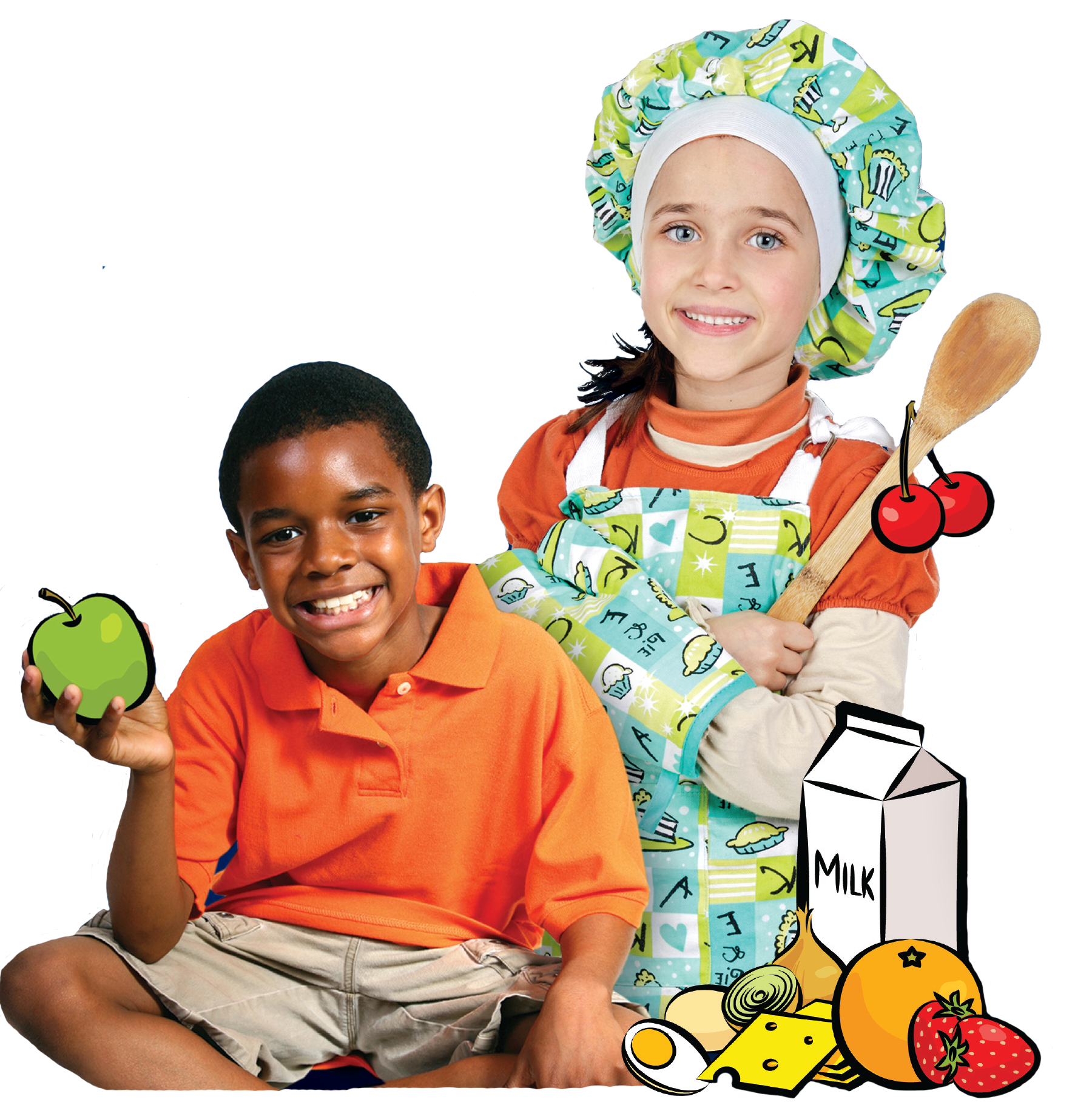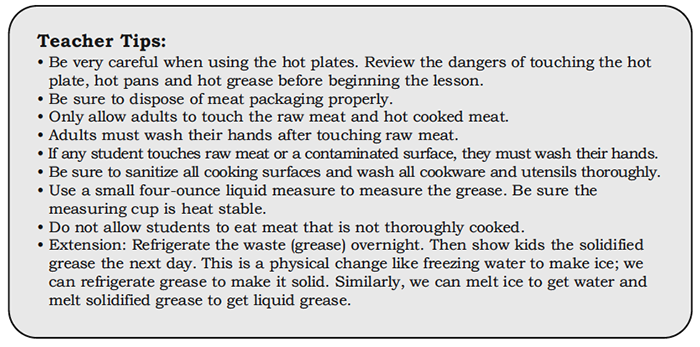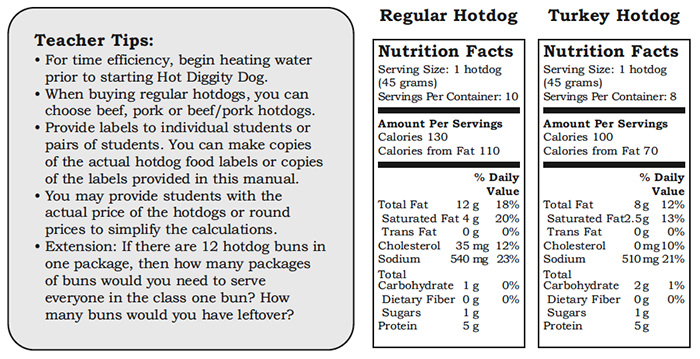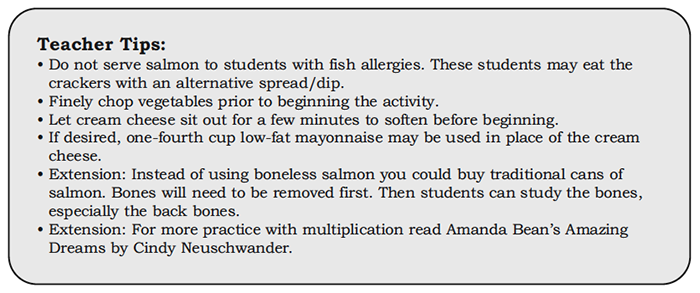Introduction to FoodMASTER:
FoodMASTER (Food, Mathematics and Science Teaching Enhancement Resource) is a compilation of programs aimed at using food as a tool to teach mathematics and science. It is our theory that if food is used as a tool to teach mathematics and science, students will be better prepared to demonstrate and apply mathematic and scientific knowledge. Because students encounter food on a daily basis, they have preexisting contextual experiences preparing them for learning new and relevant mathematics and science material.
Food is conducive to hands-on and virtual, inquiry-based, active learning that uses multiple senses to engage students in the learning process. Utilizing food allows for an interdisciplinary approach to learning concepts and ideas in a variety of scientific subjects like general science, biology, chemistry, microbiology, nutrition and health. Additionally, food labs are a dynamic way to teach mathematics concepts such as numbers and operations, algebra, geometry, measurement and problem solving.
The knowledge and skill development that can be inspired by the FoodMASTER approach is limitless. Proper use of measurement tools, data collection and interpretation, application and generalization, classification and organization, graphing and comparative analysis, understanding chemical changes, observing functions of ingredients and controlling variables, pricing, critical thinking, self-directing learning, and team building are only a few of the potential knowledge and skill development areas for intermediate grade students experiencing FoodMASTER’s scientific inquiry labs.
Additional FoodMASTER lessons can be found to cover health and nutrition topics such as:
Background for this Lesson:
Meat, poultry, fish, eggs and beans are all part of the protein foods group. Meat comes from animals, such as cows (beef), pigs (pork), lambs, rabbits, deer (venison) and goats. Chickens, turkeys, ducks, geese and other birds we eat are all called poultry. Catfish, flounder, salmon, crabs and shrimp are all fish. Meat, poultry and fish are full of protein along with other vitamins and minerals.
In this lesson, students will:
- identify the healthier ground beef and compare different percentages;
- select appropriate measurement tools for measuring weight and volume;
- practice measurement skills using appropriate units for weight and volume and real-life mathematics to practice subtraction and division;
- find serving size, calories, total fat, saturated fat and sodium on food label Nutrition Facts panels;
- correctly evaluate hotdogs based on nutritional value and taste;
- apply division and multiplication skills to solve problems;
- identify examples of finfish and shellfish;
- accurately measure ingredients and communicate the importance of using mathematics to solve real life problems;
- double and triple a recipe, complete a chart, and pull information from a table to answer questions; and
- understand that fish are healthy because of omega-3 fatty acids.




